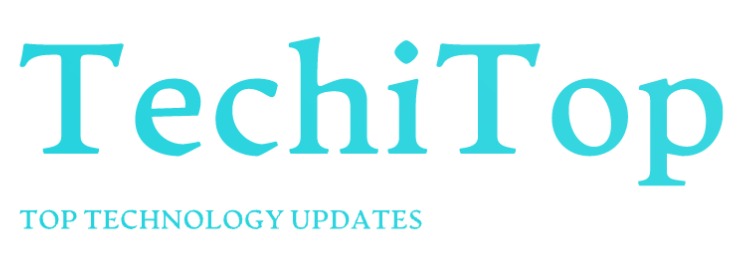How does one tell if a child has a learning disability? Learning disability, learning disorder or learning difficulty is when an individual finds it hard to learn a life skill that most others achieve as a developmental milestone. Helping such children might be challenging for teachers and parents. Orton-Gillingham’s training courses aim to help with just that.
How is Learning Disability different from Learning Difficulty?
A learning difficulty is a condition that creates a hurdle to a specific form of learning. It does not affect the overall intelligence quotient of that individual. Whereas a person with a learning disability experiences hindrance with the ability to process information. It includes communication, reading, managing money, writing, or personal care. The difficulty is subjective to each person as the causes are not always the same. Some people might have a disability during birth, which can also develop because of an accident, injury to the brain, or severe illness as a child.
Dyslexia
It is one of the types of learning disability that makes it difficult for a person to read at a good pace without making mistakes. Some signs of dyslexia are trouble reading fluently, spelling, writing, reading comprehension, or even math. Dyslexic people have an issue with language, not vision. Mental health professionals like clinical psychologists, school psychologists, or neuropsychologists can identify them by conducting a series of tests.
One need not worry when children are diagnosed with dyslexia. Several teaching techniques are available to help children with dyslexia. Read below to know about those techniques and help out a child.
How Can Teachers Help Children with Dyslexia?
One-on-one teaching technique
When teachers know that a child has dyslexia, they must not ask the child to read anything aloud, copy things from a board, or expect to complete assignments as quickly as the other children. Compelling them to do so could embarrass them before the whole class and make them experience a sense of failure. Instead, teachers must:
– Allow the children to use text-to-speech screen readers for the lessons so that the child need not have to read it out aloud.
– Encourage parents to help them individually at home to aid faster learning.
– Provide the child with a personal space with noise-canceling headphones so that they do not have distractions while studying.
Certified Training Programs for Teachers
Orton-Gillingham training is named after neuropsychiatrist and pathologist Samuel Torrey Orton and educator and psychologist Anna Gillingham. They developed this approach to teach educators how to help children with dyslexia. It is also helpful for children who do not have dyslexia. This approach stresses a few learning methods such as:
Direct Learning
The teachers explain the reasons for learning to the students step-by-step, as it is difficult for them to understand complex concepts.
Multisensory Approach
Dyslexia affects visual information processing in the brain. So, engaging the children with other sensory information like touch and sound makes it easier for children to comprehend the material.
Systematic and Sequential Teaching
Every child has a skill that they must have mastered. The teachers need to use such skills to build their learning in other avenues.
Positive and Reinforcing Attitude
Whenever a child achieves a small task, the tutor must reinforce them. Optimistic thinking is necessary to promote learning throughout.
Emotionally Sound Learning Environment
It motivates the child to have an encouraging learning environment around them. It fosters their positive mental health and self-esteem.
Author Bio:
Alison Lurie is a farmer of words in the field of creativity. She is an experienced independent content writer with a demonstrated history of working in the writing and editing industry. She is a multi-niche content chef who loves cooking new things.

